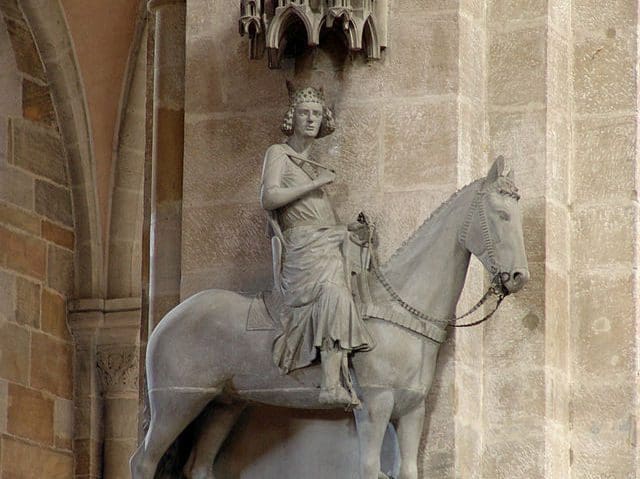
The more than two-metre-high equestrian statue in the Bamberg Cathedral has been a real tourist attraction since the 18th century, not least due to the horseman’s mysterious identity.
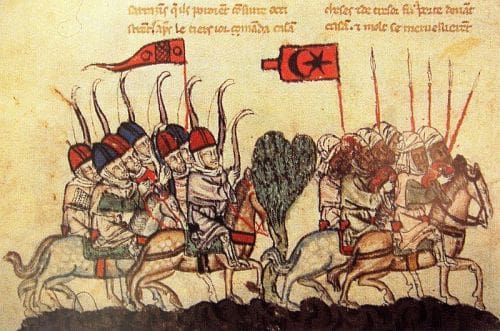
It may be surprising that Muslims could survive in a Christian kingdom for centuries, but their linguistic and religious separation was exactly why they did not threaten the predominantly Christian society.
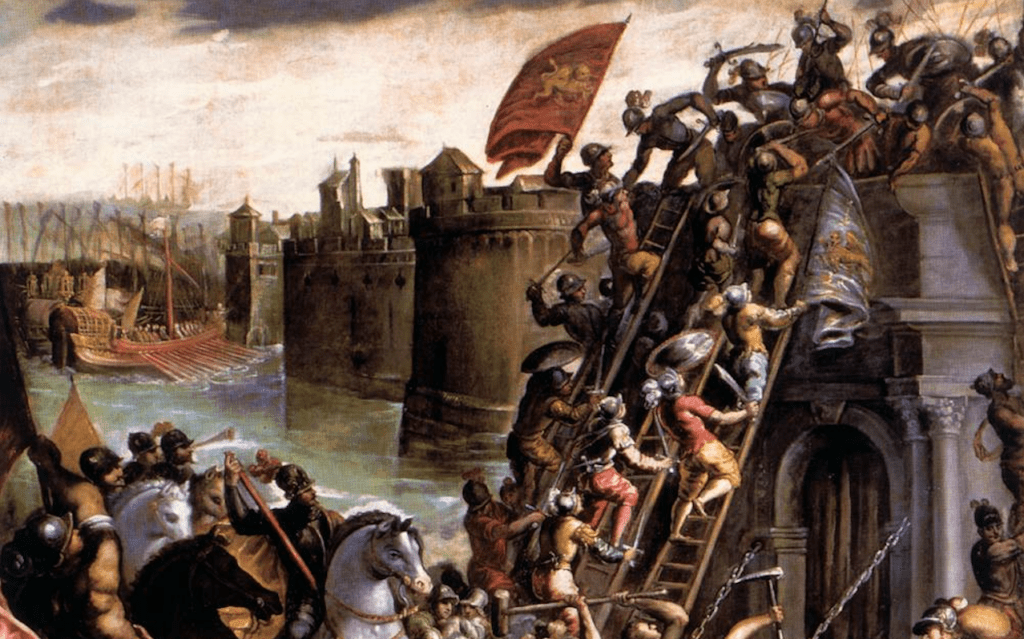
Zadar was a Western Christian town with a rich history, and at that time it was once again under the authority of Emeric (Imre in Hungarian), King of Hungary (1196–1204), who himself had taken the crusader’s vow.
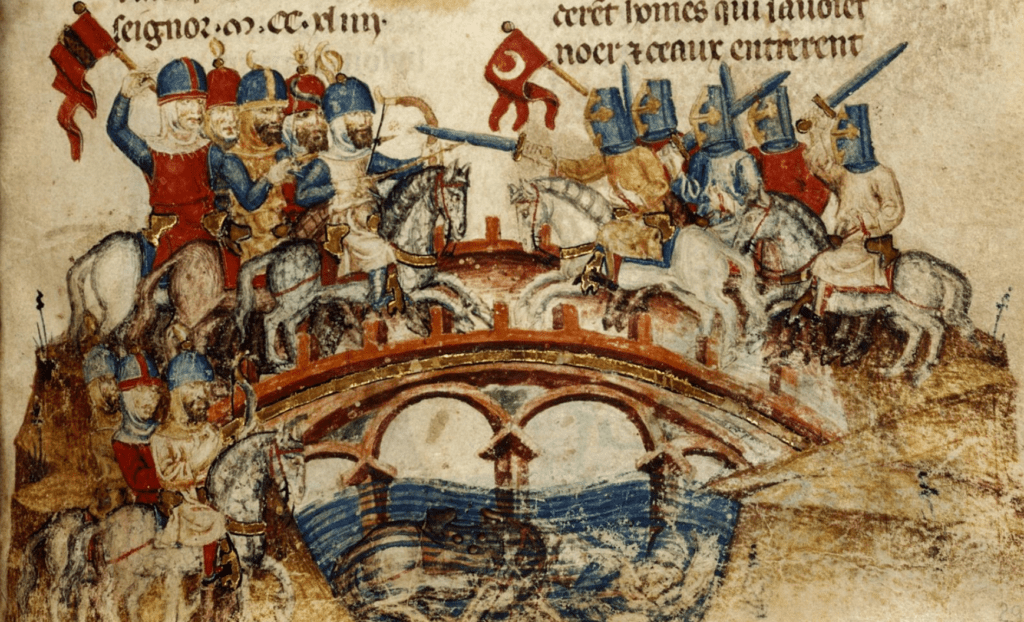
The defence mechanism of the Christian world was triggered incredibly quickly in 1241, but due to various conflicts of interest, mostly international, it slowed down just as quickly and then became totally paralyzed.
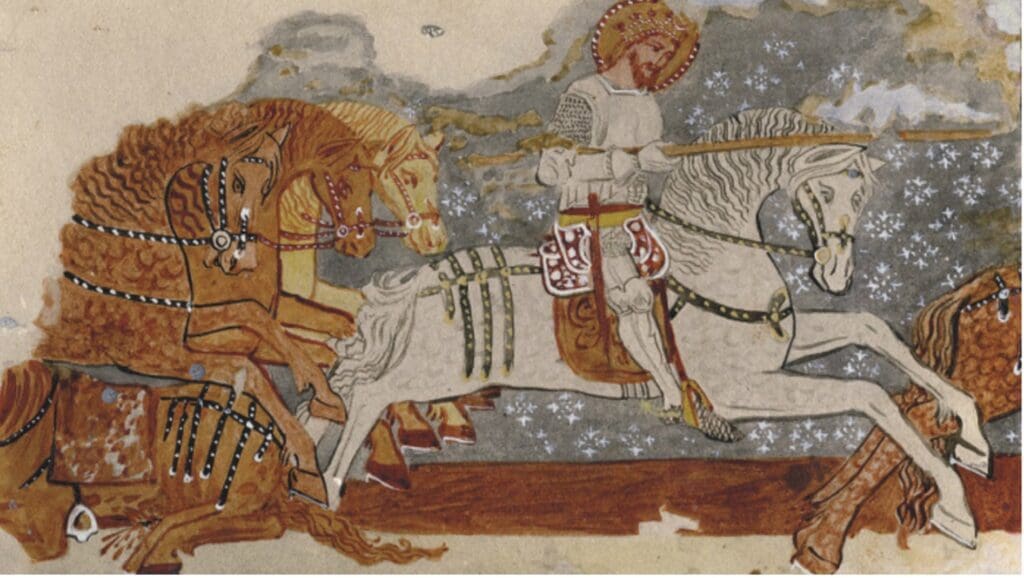
Is heroism, self-sacrifice and risking one’s life for a noble cause indeed just a dream that flesh-and-blood people would not be capable of? Luckily, no.
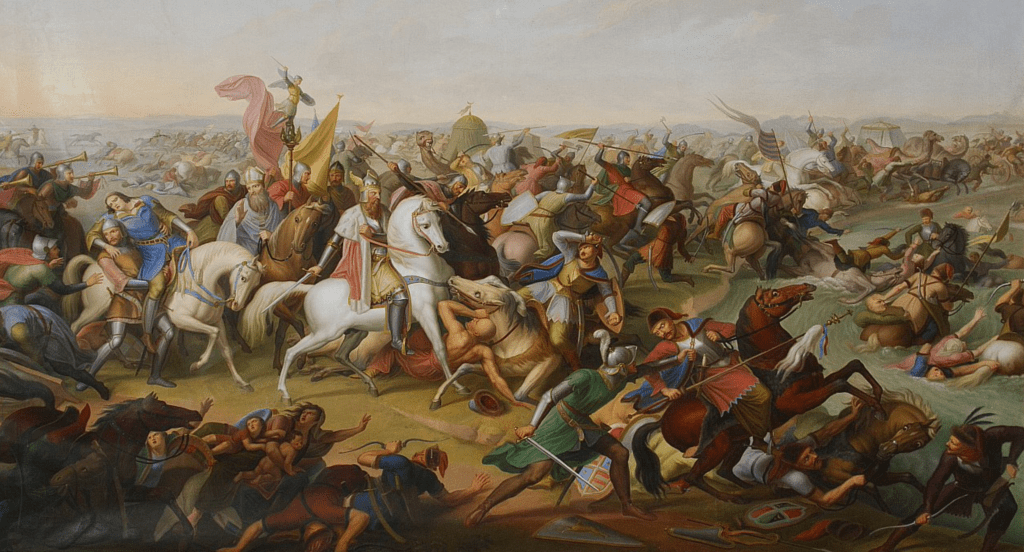
The grave Hungarian defeat was embellished and embedded in Hungarian historical memory as a sort of victorious episode.

Hungarian Conservative is a quarterly magazine on contemporary political, philosophical and cultural issues from a conservative perspective.